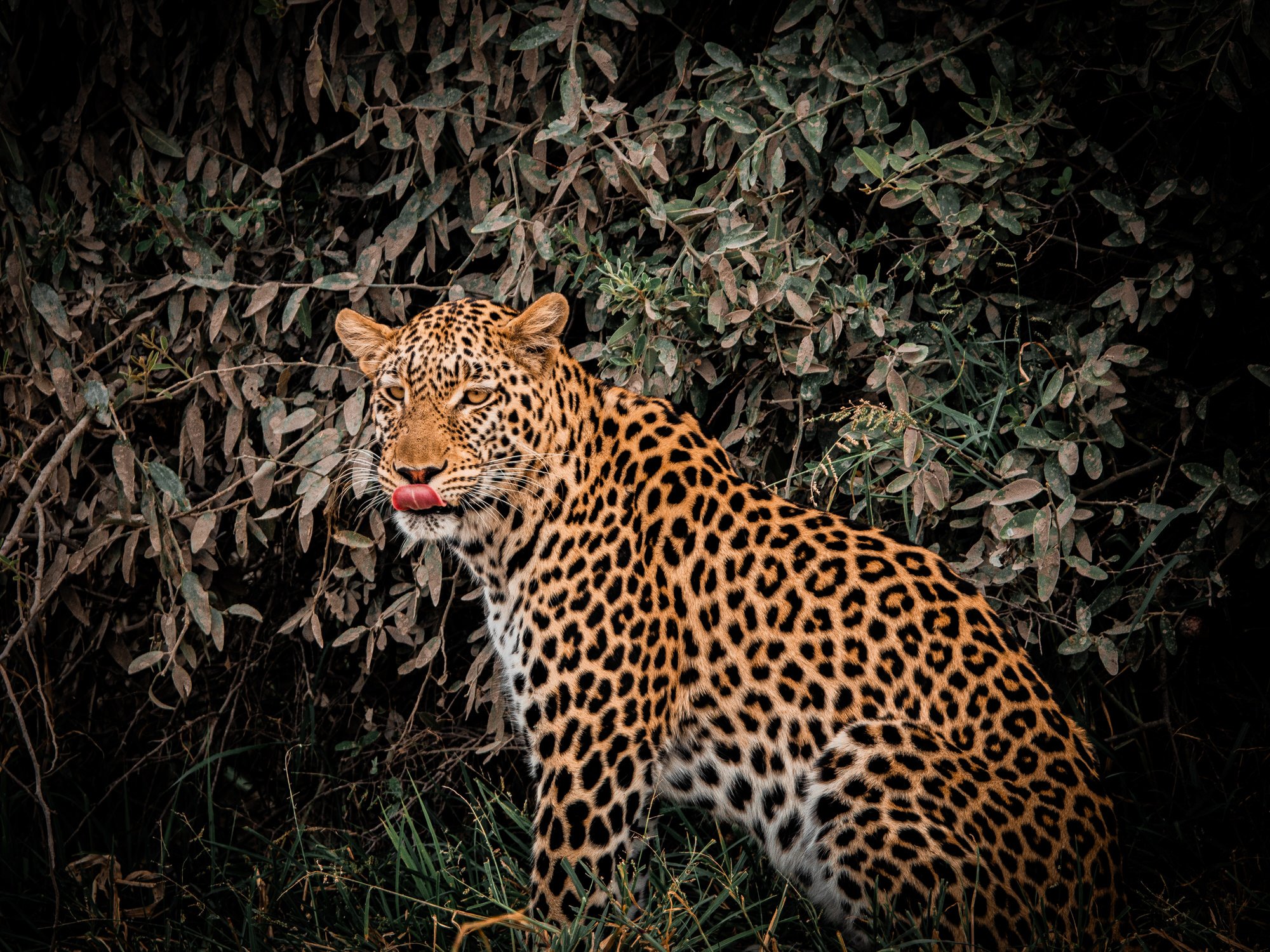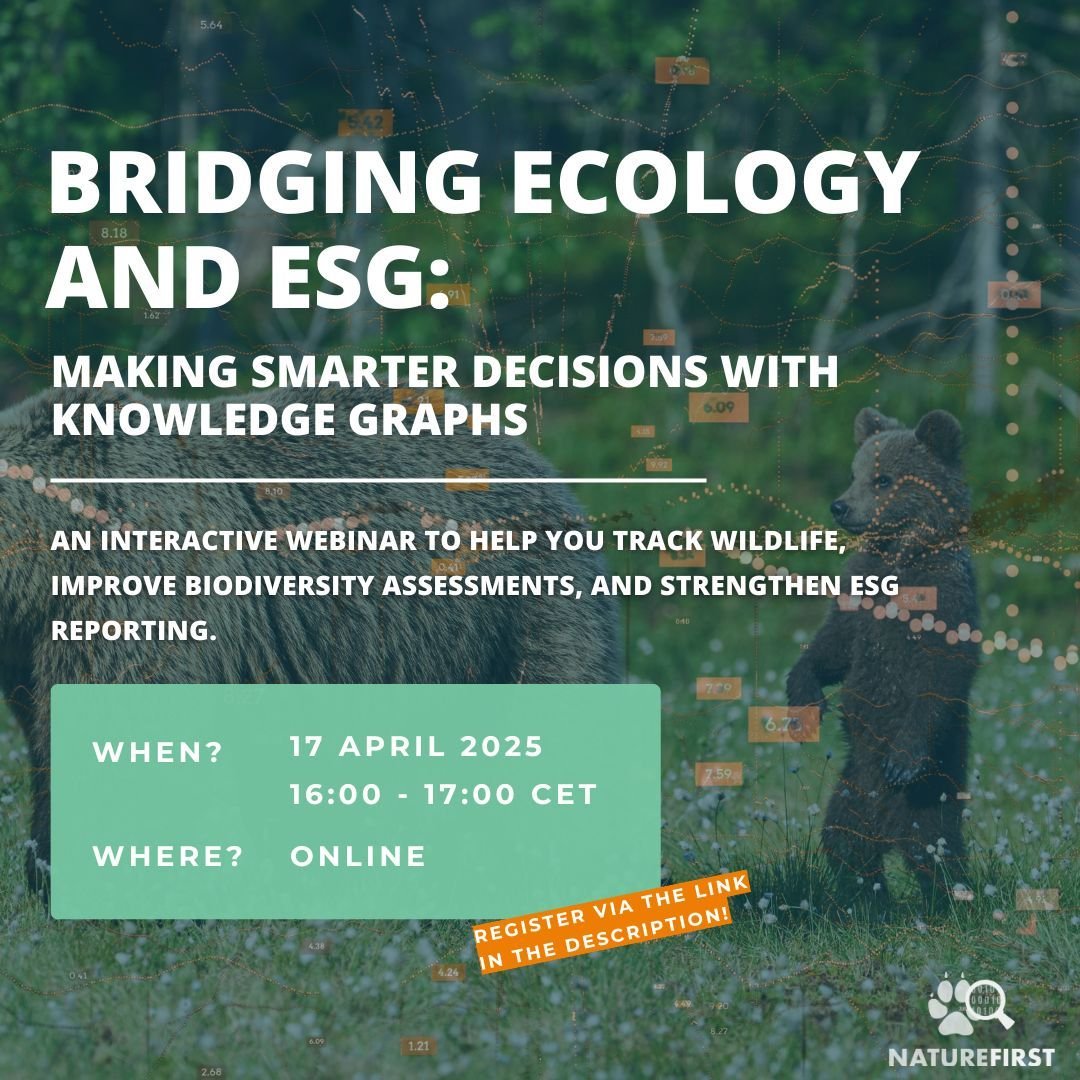
STORIES, INSIGHTS, NEWS, EVENTS & INNOVATIONS
Sensing Clues Newsblog & Events
Stay informed on the latest breakthroughs, stories, and innovations driving change in nature conservation and wildlife protection.
CONSERVATION COMMUNICATION THAT WORKS
24.04.2025
Clear messages, local voices, and media-smart strategies
BRIDGING ECOLOGY AND ESG
17.04.2025
Discover how to make smarter decisions with Knowledge Graphs in this live session
LENTE KRAANVOGEL MIGRATIE, NIEUWE KRAANVOGELRADAR FUNCTIES EN INSPIRERENDE STUDENTENPROJECTEN
Van het bureau van Dr. Koen de Koning: Laatste nieuws en inzichten
SPRING CRANE MIGRATION, NEW CRANE RADAR FEATURES, AND INSPIRING STUDENT PROJECTS
From the desk of Dr. Koen de Koning: Latest news & insights
TRACKING CHANGE: ENVIRONMENTAL TIME SERIES
30.04.2025
Discover the power of satellite data to track landscape changes in this webinar
IMPROVED PATROL MAPS & REPORTS, TRACK DOWNLOADS, ENHANCED MAPS FEATURES & NEW TAGS IN FOCUS 360
Latest Updates on the Sensing Clues Platform
DO MORE WITH DATA
27.03.2025
Unlock the potential of data for conservation with this interactive webinar
NATURE FIRST CONFERENCE – INNOVATION AND COLLABORATION IN CONSERVATION
25.-26.06.2025
Ouwehands Dierenpark, Rhenen, Netherlands
CAUGHT IN THE CAMERA TRAP – NAVIGATING THE MYRIAD OF OPTIONS
23.01.2025
Discover the best wildlife camera trap solutions in this webinar
CHAT WITH A WILD ANIMAL: A NEW ERA IN WILDLIFE EDUCATION
Introducing GenAI powered educational chat functions
FEDERATED MONITORING, EVALUATION, AND IMPACT ASSESSMENT
A New Paradigm for Collaborative Nature Conservation
3. TUSNAD ECO BEAR CONFERENCE IN ROMANIA
Sensing Clues and Nature FIRST Join the Tusnad Eco Bear Conference in Romania
INTERVIEW WITH KOEN DE KONING ABOUT DIGITAL TWINS
Revolutionising biodiversity monitoring with real-time data and predictive models for wildlife protection

















